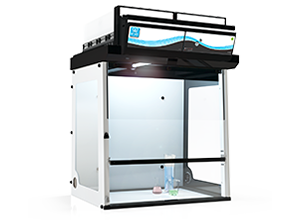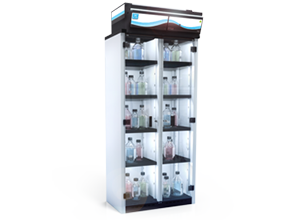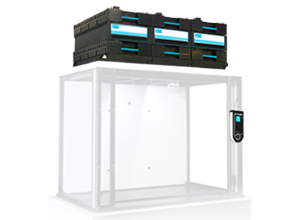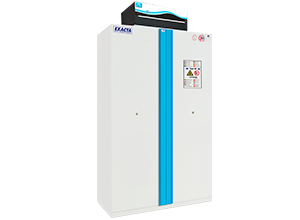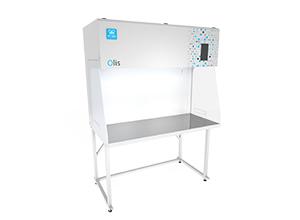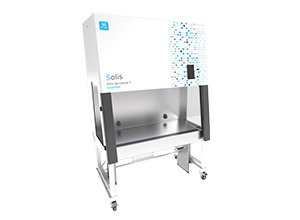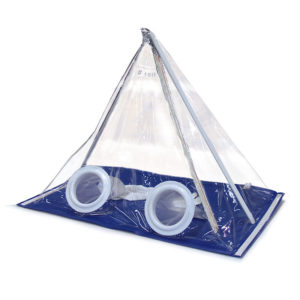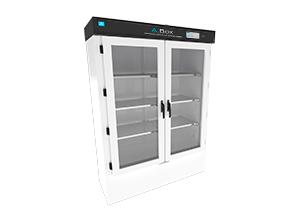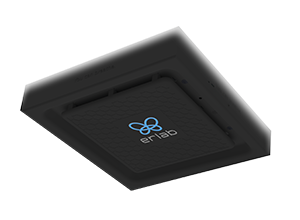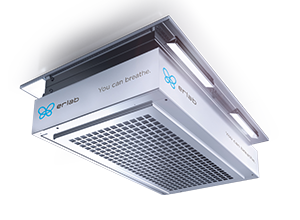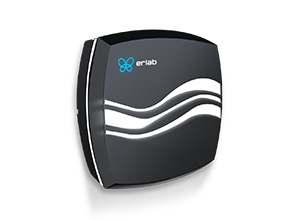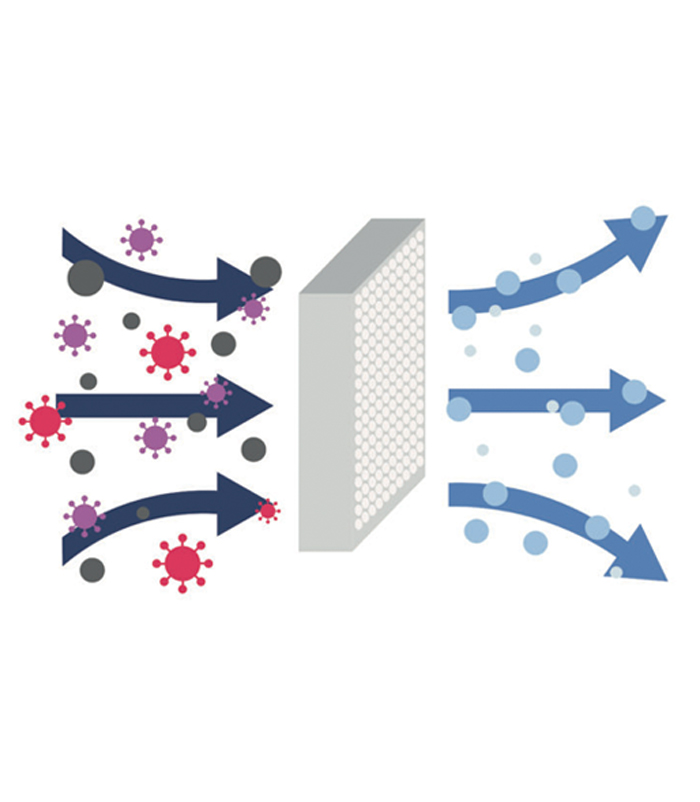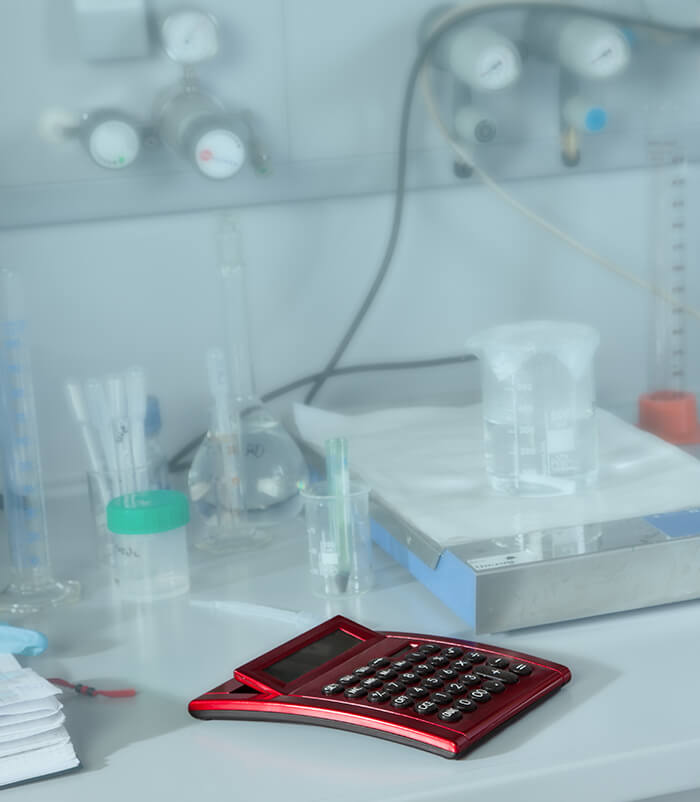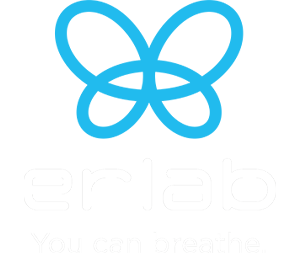Numerous germs are constantly circulating in the atmosphere, and more specifically in work spaces. Most people think that manufacturing products or handling biological or chemical samples is an easy task. But this is not the case, as they must not – under any circumstances – be exposed to the bacteria present in the air.
So if you want to work in an ultra-clean environment to protect your preparations, your staff and the environment, several solutions are available; but the most efficient is no doubt the use of equipment with laminar flow technology.



